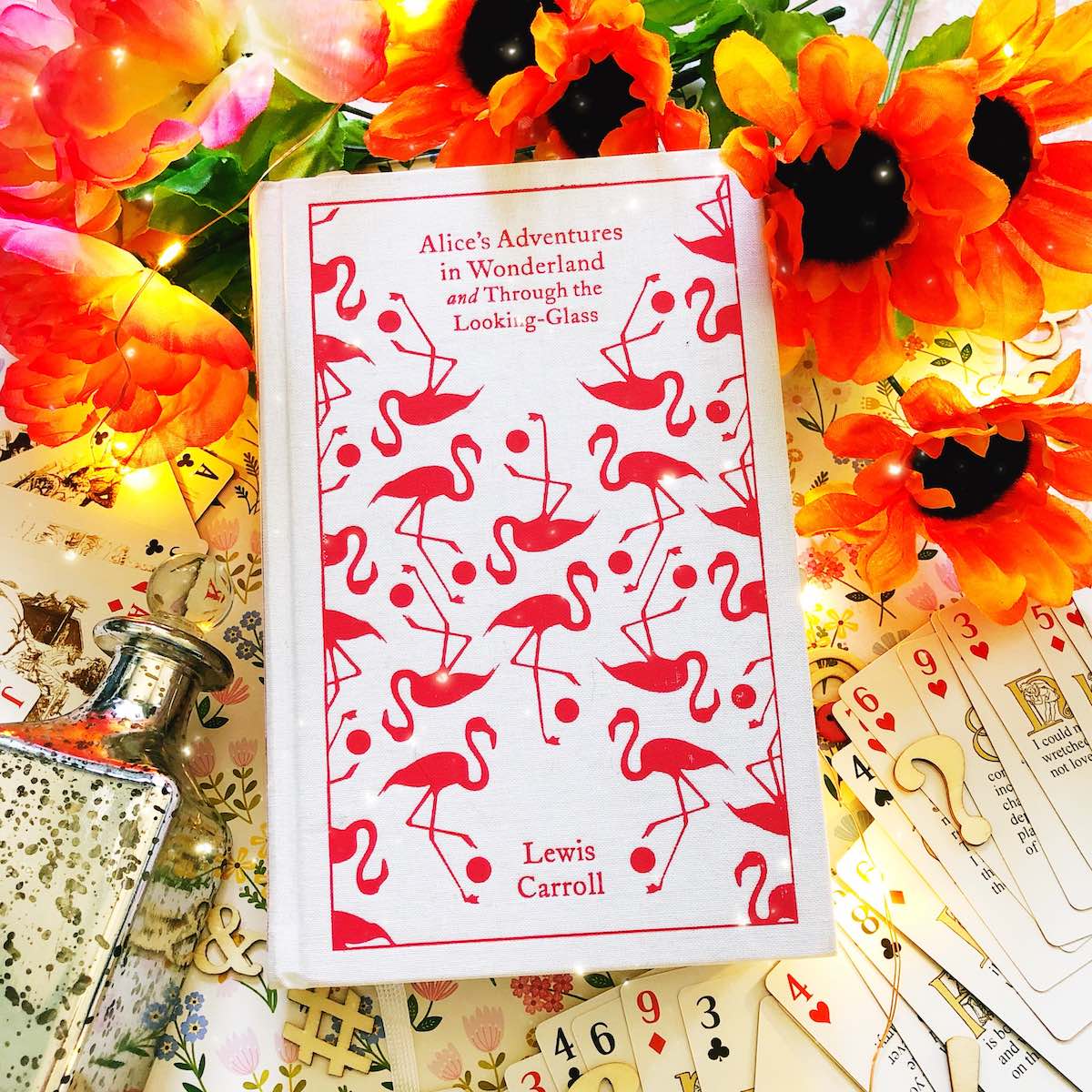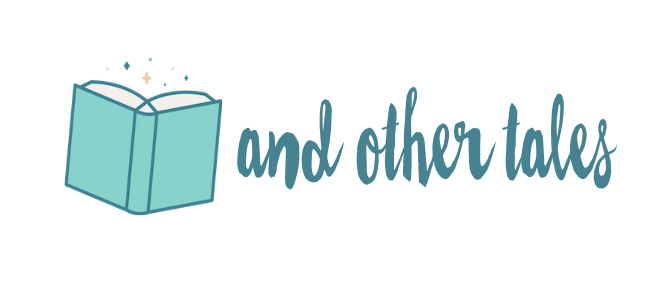
“ Mine is a long and sad tale!”said the Mouse, turning to Alice and sighing.
“ It is a long tail, certainly,” said Alice, looking down with wonder at the Mouse’s tail: “but why would you call it sad?”
“Would you tell me, please, which way I ought to go from here?”
“That depends a good deal on where you want to get to,” said the Cat.
“I don’t much care where —” said Alice.
“Then it doesn’t matter which way you go,” said the Cat.
“—as long as I get somewhere,” Alice added.
“Oh, you’re sure to do that,” said the Cat, “if only you walk long enough.”
“You mean you can’t take less,” said the Hatter: “it’s very easy to take more than nothing.”
I could fill a book with my favourite quotes from Alice’s Adventures in Wonderland. But I’ll leave it with these three.
Alice in Wonderland is one of my most beloved tales. Of course I watched the Disney movie, on repeat. My grandmother recorded a live version from TV (you know, those archaic days of tapes and VCRs). I wore that tape out on my visits to her. Heartless (Melissa Meyer) is still in my top 5 favourite books of all time and I collect Alice in Wonderland paraphernalia like a fiend … but I never read the original story! I was afraid it would be terrible and bring down my love and memories of the story.
If you are going to read the original Lewis Carroll text, you need to pick a copy with an introduction and notes on the text that explains many of the turns of phrase, poems, and one liners as they were meant at the time, the end of the 19th century. If you don’t, it likely will be one confusing jumble and you may miss the hidden gem — the exposé on childhood.
This entire story – in all of its crazy, drug induced psychosis – is an exploration of childhood. Particularly the challenges of a child approaching adolescence, the loss of imagination, and the confusion surrounding this border. Who am I? Who will I be? What way do I go?
The level of imagination in this book is understood when you play with a child. The way their imagination can bounce from place to place, assign characters, colours, and turns of phrase (they don’t understand yet and therefore use wrongly) to all types of matter. In my above quote, Alice doesn’t understand the Mouse’s use of “tale”, rather than the “tail” she knows. She is literal. As kids are.
The conversation throughout is constantly drawing back to themes of big and small, who are you?, and where do I go?
When you are approaching adolescence you are both too big and too small for many things and it is so confusing to children at this boundary. Adults are constantly telling you that you are “too big to act like that” and “too little to understand.” Alice is constantly, frustratingly changing her size trying to find the right one to navigate this world. Concurrently adults love to ask children, “What do you want to be when you grow up? – this is paralleled in Alice’s conversations with the Chesire cat.
During the Mock Turtles Story Carroll takes stabs at the Victorian education system (which is still the fundamental core of our current education system).
“How many hours a day did you do lessons?”
“Ten hours the first day, nine the next, eight the day after, and so on,” said the Mock Turtle.
“What a curious plan!” exclaimed Alice.
“That’s the reason they are called lessons,” the Gryphon remarked, “because they lessen from day to day.”
But ultimately Alice’s adventure ends at the trail in the Queen of hearts court. Here, under the harsh realities of adult logic – when imagination is put on trial against reason, the whole of Alice’s dream dissolves and she wakes up. To me, this scene is heartbreaking and poignant.
A lot is hidden in this “story for children” and will forever hold a special place for me.
Also, can we please just acknowledge the brilliance of Carrolls matriarchal society. An early, unacknowledged feminist.




















